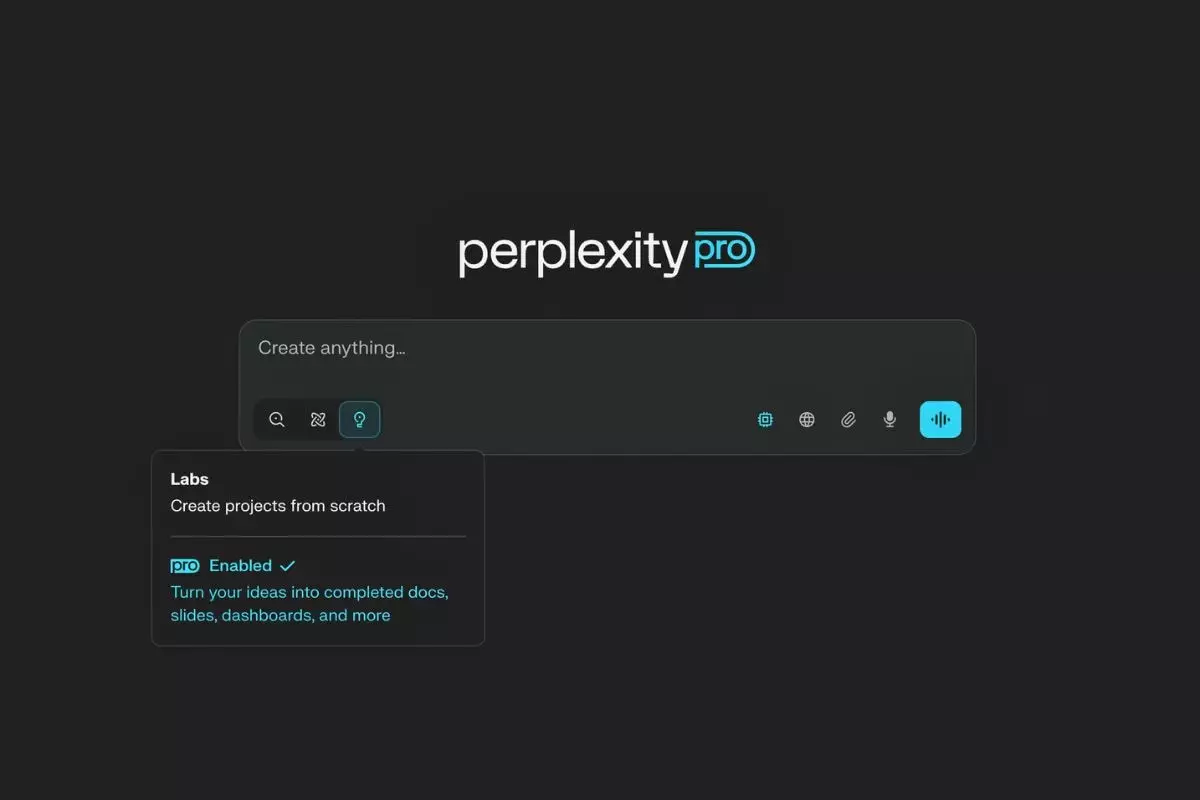The recent launch of Perplexity Labs marks a pivotal moment in the evolution of artificial intelligence, offering an expansive array of capabilities that promise to redefine our interaction with technology. By transforming simple text prompts into complex projects—ranging from detailed reports to web applications—Perplexity Labs has raised the bar for what AI can achieve. However, while the optimism surrounding its potential is palpable, an urgent discourse on the implications of such advanced AI tools is equally necessary.
The technology harnessed by Perplexity Labs extends beyond mere automation; it employs sophisticated deep web browsing and code execution functionalities. This powerful blend is designed to manage complex tasks that traditionally required considerable human effort and time. Yet, therein lies a dilemma—will this innovation serve to empower users, or will it lead to an over-reliance on technology that risks stifling creativity?
Unpacking the Features with a Critical Lens
At the heart of Perplexity Labs is its ability to not only retrieve information but also synthesize, structure, and execute it through code and chart creation. Users are presented with a dual experience: the possibility of rapid information processing alongside the potential erosion of deep analytical skills inherent in human cognition. When AI collects, executes, and presents information, one must wonder whether users will become mere spectators in their own creative processes.
Moreover, the lack of clarity regarding the operational backbone—specifically whether these capabilities stem from diverse large language models (LLMs) or if they embody a more agentic quality—raises eyebrows. Transparency is paramount in the AI sphere, particularly as users increasingly engage with powerful technologies that wield profound consequences. The uncertainty surrounding how much control users maintain over AI decisions—especially the mutability of initial prompts—could lead to frustration or disillusionment, as users may find themselves navigating a complex interface that can make creativity feel like an afterthought.
The Good, the Bad, and the Ugly of Reliance on AI
Enthusiasts may be thrilled by Perplexity Labs’ capability to execute sophisticated tasks like trading strategies and comparative data visualizations, promising to deliver productivity at an accelerated pace. However, such reliance comes with an ethical burden that warrants scrutiny. The question emerges: does the growth of AI capabilities signify progress, or does it expose us to an unsettling dependence that could potentially lead to a diminished workforce as tasks become automated?
There’s also a palpable risk of homogeneity in outputs when AI technology governs creative expression. The fear looms that as more individuals lean on AI to generate ideas and projects, our cultural products might converge, sacrificing the whimsical touch of human individuality for algorithms that prioritize efficiency over uniqueness. If everyone looks to the same AI tools to create strategies or storyboards, what becomes of the organic creativity that antedated such innovations?
The First Step Towards AI Empowerment or Enslavement?
As with all technological advancements, the venture into AI-enhanced productivity poses a myriad of philosophical challenges. The introduction of Perplexity Labs could ideally serve as a catalyst for enhancing human creativity—allowing users to engage more meaningfully in strategic thinking and decision-making. But this requires nurturing an ecosystem that values human input just as much as the output of AI.
To mitigate the risk of digital alienation, companies must prioritize user empowerment through education and clearer operational guidelines. The conversation should not just revolve around efficiency but should also center on restoration—of traditional skills, creative expression, and the nuances of human interaction. The age of AI must not culminate in the devaluation of the individual vision; rather, it should foster collaboration between human intellect and artificial intelligence.
While Perplexity Labs offers breathtaking prospects for the future, it provokes critical questions about the trajectory of human creativity and our evolving relationship with technology. The true potential of AI should not just lie in efficiency, but in enriching the human experience. It’s a vital crossroads, and the choices we make today will shape the role of AI in society tomorrow.


Leave a Reply